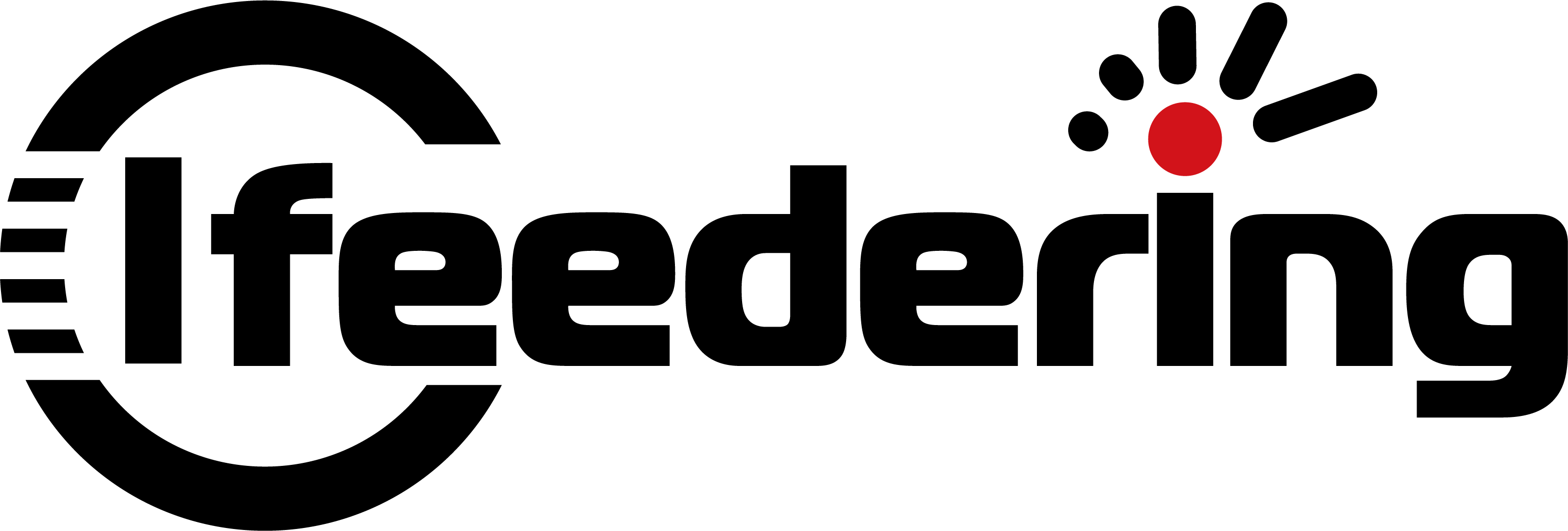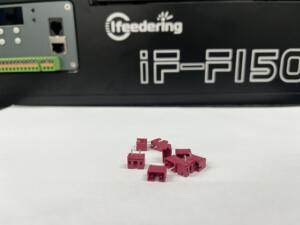Flexible feeders are an essential component of many manufacturing operations, providing an efficient way to feed parts of various shapes and sizes into the assembly process. Importing cost-effective flexible feeders from China can be a great way to reduce costs while still maintaining the quality and performance of your manufacturing processes.
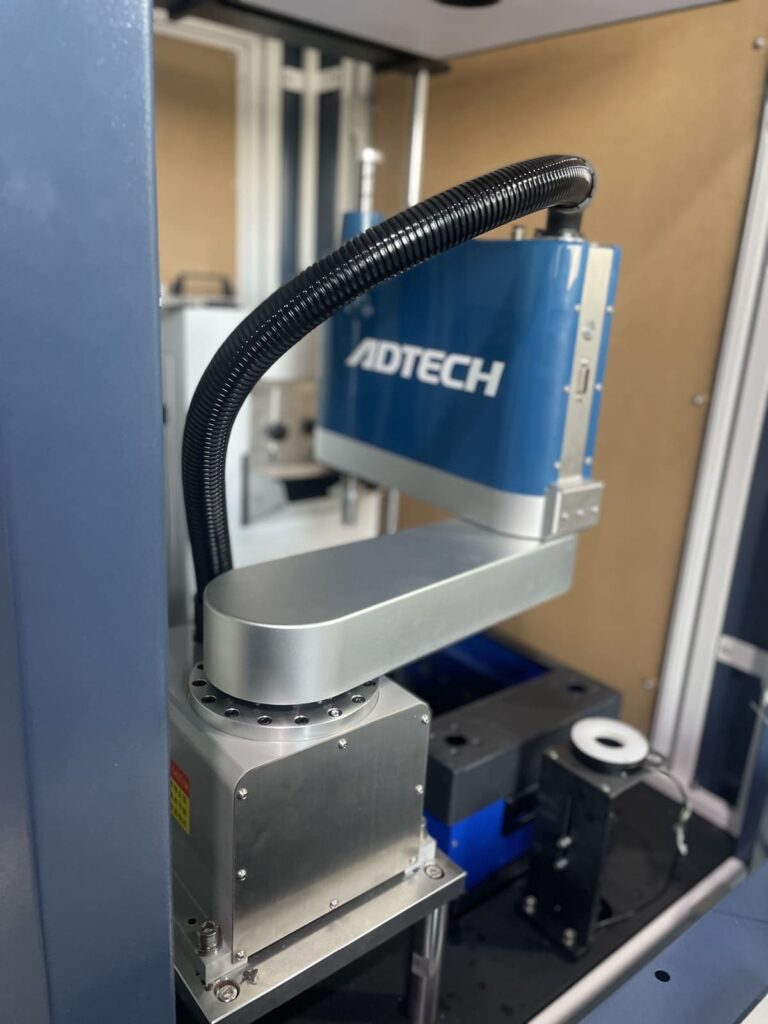
In this article, we will discuss the steps involved in importing cost-effective flexible feeders from China, as well as some tips for ensuring that you get the best possible product for your needs.
Steps for Importing Cost-Effective Flexible Feeders from China:
- Identify Your Needs: Before importing a flexible feeder from China, it’s important to identify your needs and requirements. Determine the type of parts that need to be fed, the speed and accuracy required, and any other specific needs or challenges unique to your operation.
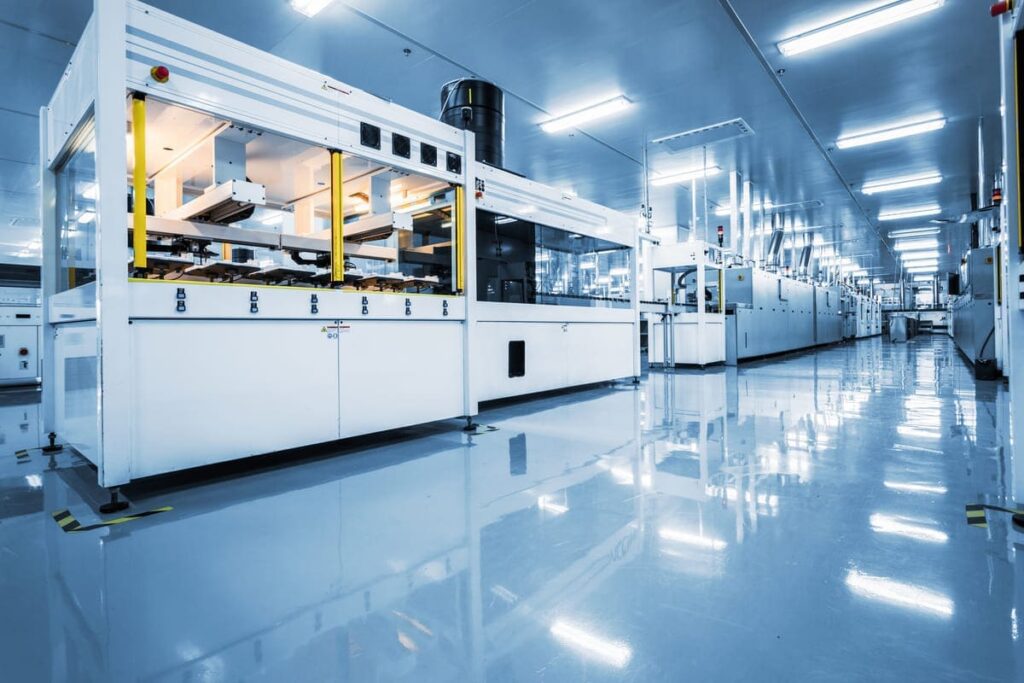
- Find a Reliable Supplier: To find a reliable supplier in China, research and compare various suppliers that offer flexible feeders. Check for their reputation in the market, certifications, and reviews from other customers. It’s also recommended to ask for samples or product specifications to ensure that the supplier can meet your specific requirements.
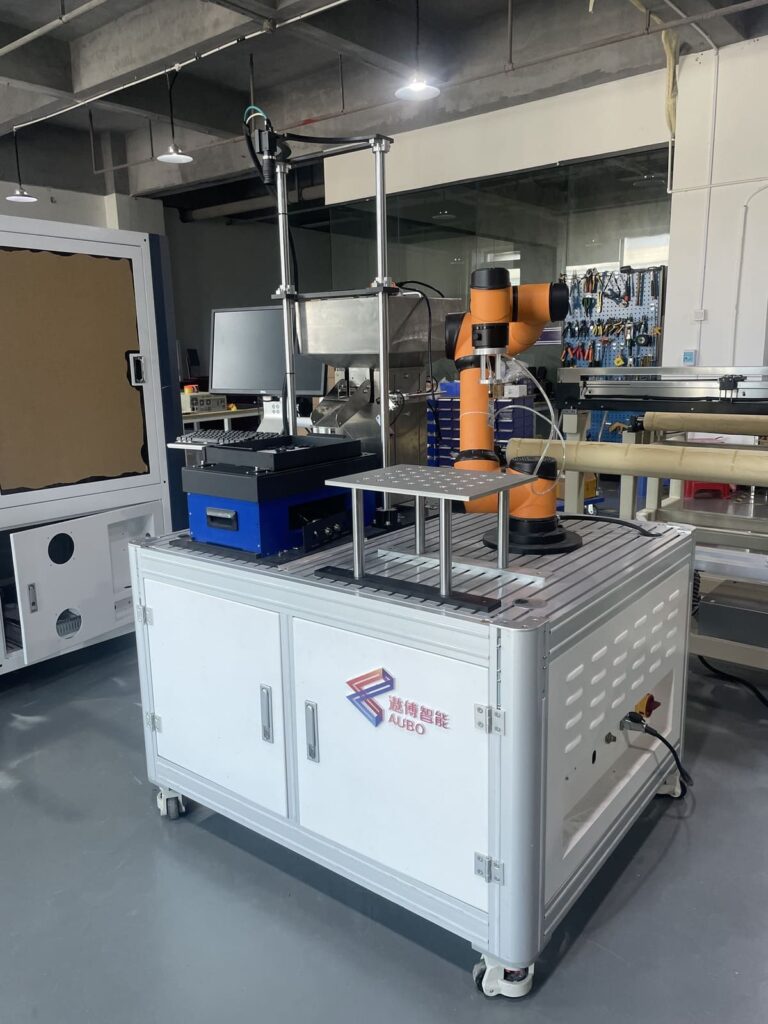
- Negotiate the Price: Once you have found a reliable supplier, negotiate the price and any other terms that will be involved in the import process. Consider factors such as delivery time, payment terms, and any additional costs such as taxes or customs fees.

- Arrange the Shipping: Arrange for the shipping of the flexible feeder to your location. It’s important to ensure that the supplier has all the necessary export documentation and that you have all the required import documentation. Additionally, consider the mode of transportation, shipping time, and cost to optimize the process.
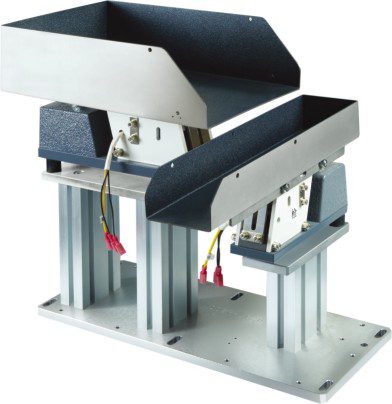
- Receive and Test the Product: Once the flexible feeder arrives, inspect the product and test it to ensure it meets your specifications. It’s recommended to communicate with the supplier to resolve any issues, such as damaged or defective products, before acceptance.
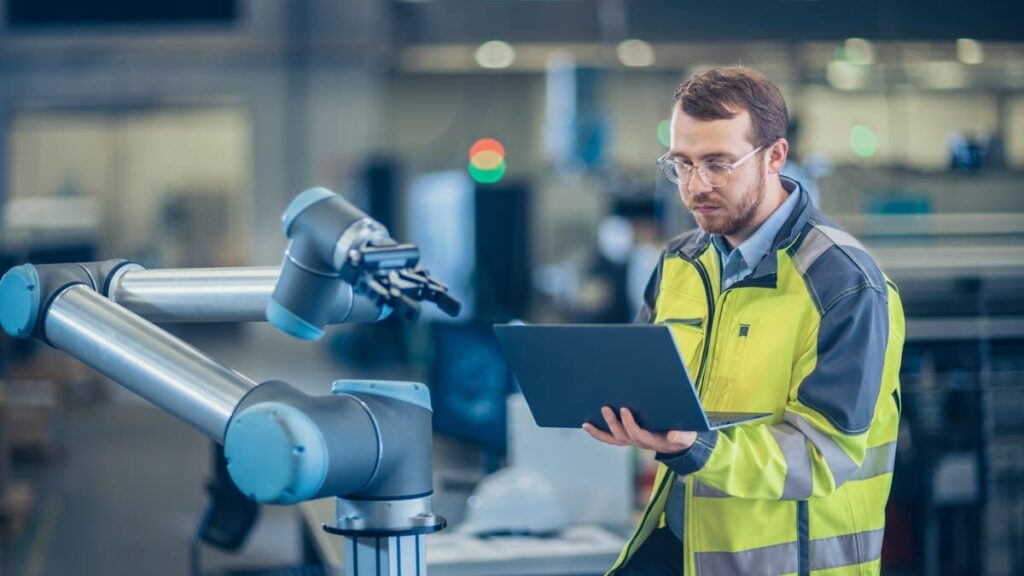
Tips for Ensuring Quality and Cost-Effectiveness:
- Quality Control: When importing flexible feeders from China, it’s important to have a quality control system in place to ensure that the product meets your specifications. Consider inspecting the product during the manufacturing process, as well as after arrival, to ensure quality.

- Communication: Effective communication with the supplier is critical to ensuring that you receive a cost-effective and high-quality product. Clarify specifications, expectations, and timelines, and make sure the supplier understands your needs.

- Certifications and Standards: Check for certifications and standards that the supplier and product meet, such as ISO and CE certifications. This can help ensure that the product meets international quality and safety standards.
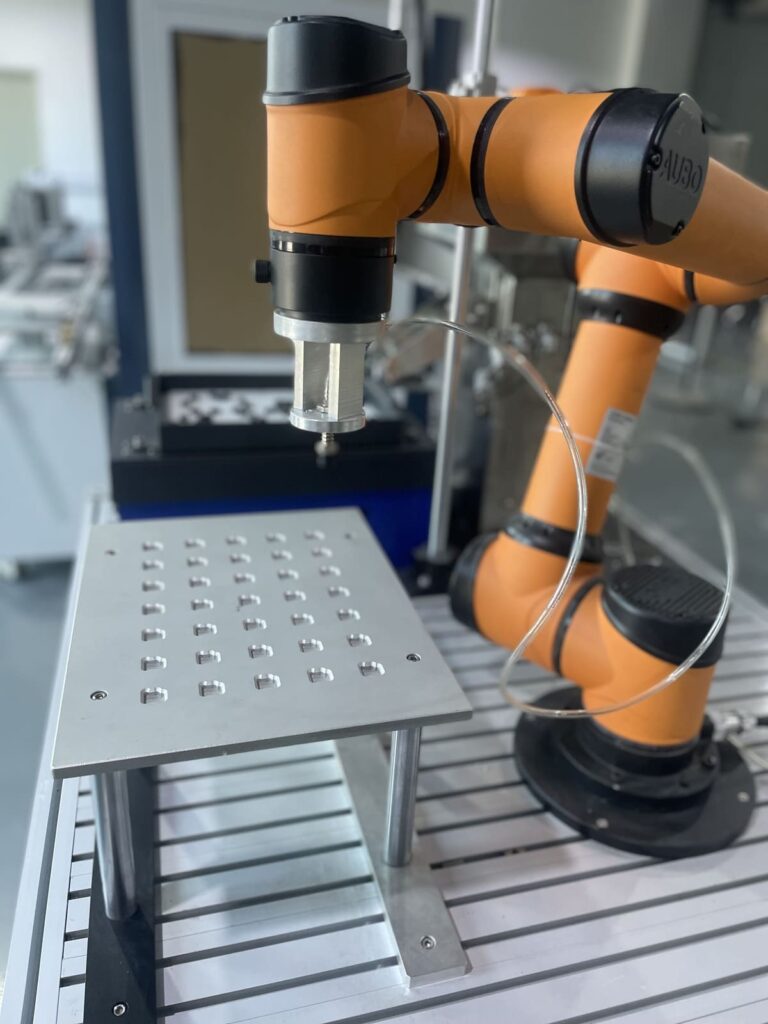
- Local Agent: Consider hiring a local agent in China who can help facilitate communication with the supplier, arrange to ship, and perform quality control checks. A local agent can also help you navigate any cultural or language barriers.
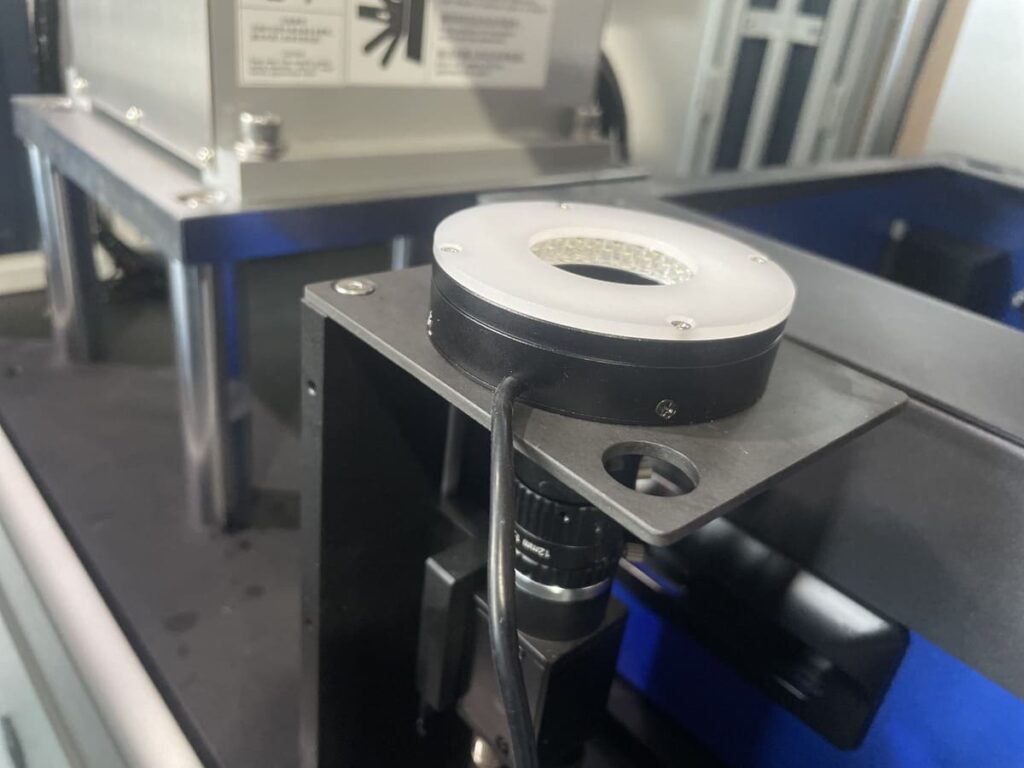
FAQs:
Q: How can I ensure that the flexible feeder I import from China is of high quality?
A: To ensure high-quality, it’s recommended to research and compare various suppliers, check for certifications and standards, have a quality control system in place, and communicate effectively with the supplier.
Q: What are some common challenges when importing flexible feeders from China?
A: Common challenges include language and cultural barriers, unclear specifications, shipping and logistics issues, and the risk of receiving damaged or defective products.
Q: What are some benefits of importing cost-effective flexible feeders from China?
A: Importing cost-effective flexible feeders from China can help reduce costs while still maintaining quality and performance. It also provides access to a wide range of products and suppliers.
